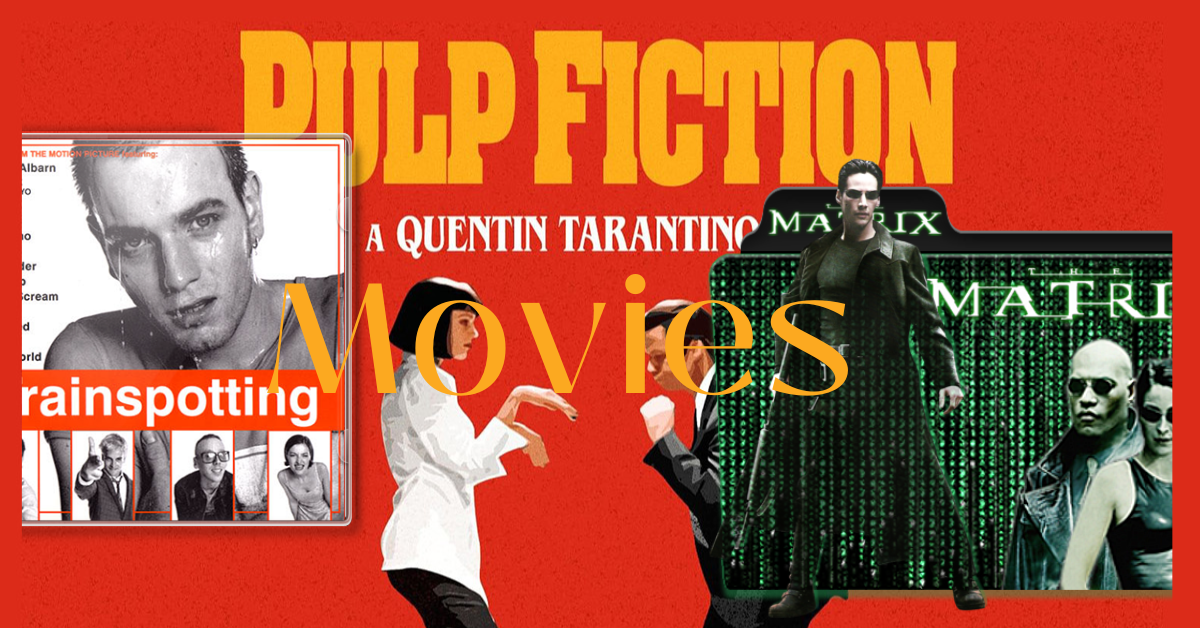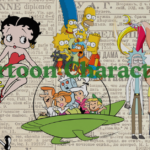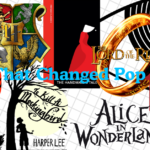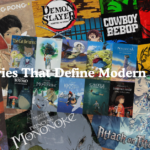From the Screen to Your Wardrobe
I remember the first time I watched ‘Pulp Fiction’. It wasn’t just the witty dialogue or gripping storyline that struck me—it was the effortlessly cool style of the characters. From Mia Wallace’s crisp white shirt and sleek bob to Jules Winnfield’s iconic black suit, the movie felt like a masterclass in understated fashion. And just like that, I started seeing its influence everywhere—from runway shows to streetwear brands.
Movies have always shaped how we dress, but few films have done it as enduringly as ‘Pulp Fiction’. Its minimalist yet bold fashion choices weren’t just costumes—they became a statement, influencing designers, brands, and everyday wardrobes. This cult classic didn’t just revolutionize indie filmmaking; it also redefined cool, leaving an indelible mark on the fashion world.
Why This Connection Matters
Fashion has always drawn from pop culture, but ‘Pulp Fiction’ captured something uniquely timeless. At a time when the fashion world leaned into the glitz and glamour of the 90s, ‘Pulp Fiction’ stripped it back to the essentials: clean lines, sharp tailoring, and effortlessly cool vibes. The result? A style that feels as relevant today as it did in 1994.
Why is this connection meaningful in modern fashion?
In today’s world, where individuality in fashion is celebrated, movies like ‘Pulp Fiction’ remind us of the power of subtlety. The film’s style rejected the excess of its era for something raw and real—making it timeless. Designers have since paid homage, from runway collections inspired by Mia Wallace’s look to graphic tees featuring quotes and imagery from the movie.
The Rise of Pop Culture in Streetwear
Streetwear thrives on storytelling, and films like ‘Pulp Fiction’ provide a treasure trove of inspiration. Think of a t-shirt with Jules’ famous line, “Say what again!” or accessories that channel Mia’s vintage-meets-modern vibe. These aren’t just clothes—they’re pieces of cultural dialogue, connecting fans and sparking conversations.
Streetwear’s embrace of ‘Pulp Fiction’ isn’t just about nostalgia. It’s about taking something iconic and making it your own. The bold simplicity of the film’s fashion is a perfect match for today’s streetwear aesthetic, which values individuality, creativity, and authenticity.
Timeless Influence
The genius of ‘Pulp Fiction’ lies in its simplicity. Its fashion choices are easy to replicate yet endlessly cool—a formula that resonates in modern fashion. Brands continue to draw on its aesthetic, from Quentin Tarantino-inspired collections to collaborations celebrating its 90s vibe. By embracing its iconic elements, ‘Pulp Fiction’ remains a staple in fashion—proving that sometimes, less really is more.
The Now What: Make It Your Own
Channel Movie-Inspired Fashion
Start by identifying the films that resonate with you. Love ‘Pulp Fiction’? Incorporate elements like Mia’s monochrome style or Jules’ sleek suit-inspired outfits. Look for modern reinterpretations—like graphic tees featuring iconic quotes or bold accessories inspired by the film’s characters.
Blend Influences
Don’t just stop at Pulp Fiction’. Blend styles from other favorite films into your wardrobe for a look that’s uniquely yours. A touch of ‘Pulp Fiction’ minimalism with the colorful whimsy of a Wes Anderson film? Now, that’s a statement. Fashion is your canvas—don’t be afraid to mix genres and eras to express your individuality.
Celebrate Pop Culture with InkspiredBD
At InkspiredBD, we love bridging pop culture and fashion. Our streetwear collections draw from iconic movies, music, and art, allowing you to express your passions authentically. Check out our latest designs and let your wardrobe tell your favorite cinematic story. Whether it’s a bold graphic tee or a hoodie inspired by the timeless cool of ‘Pulp Fiction’, we’ve got you covered. Start building your streetwear wardrobe today and connect with others who share your love for pop culture.
Fashion isn’t just about what you wear—it’s about what you say. And when your style speaks, let it tell a story worth remembering.





